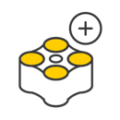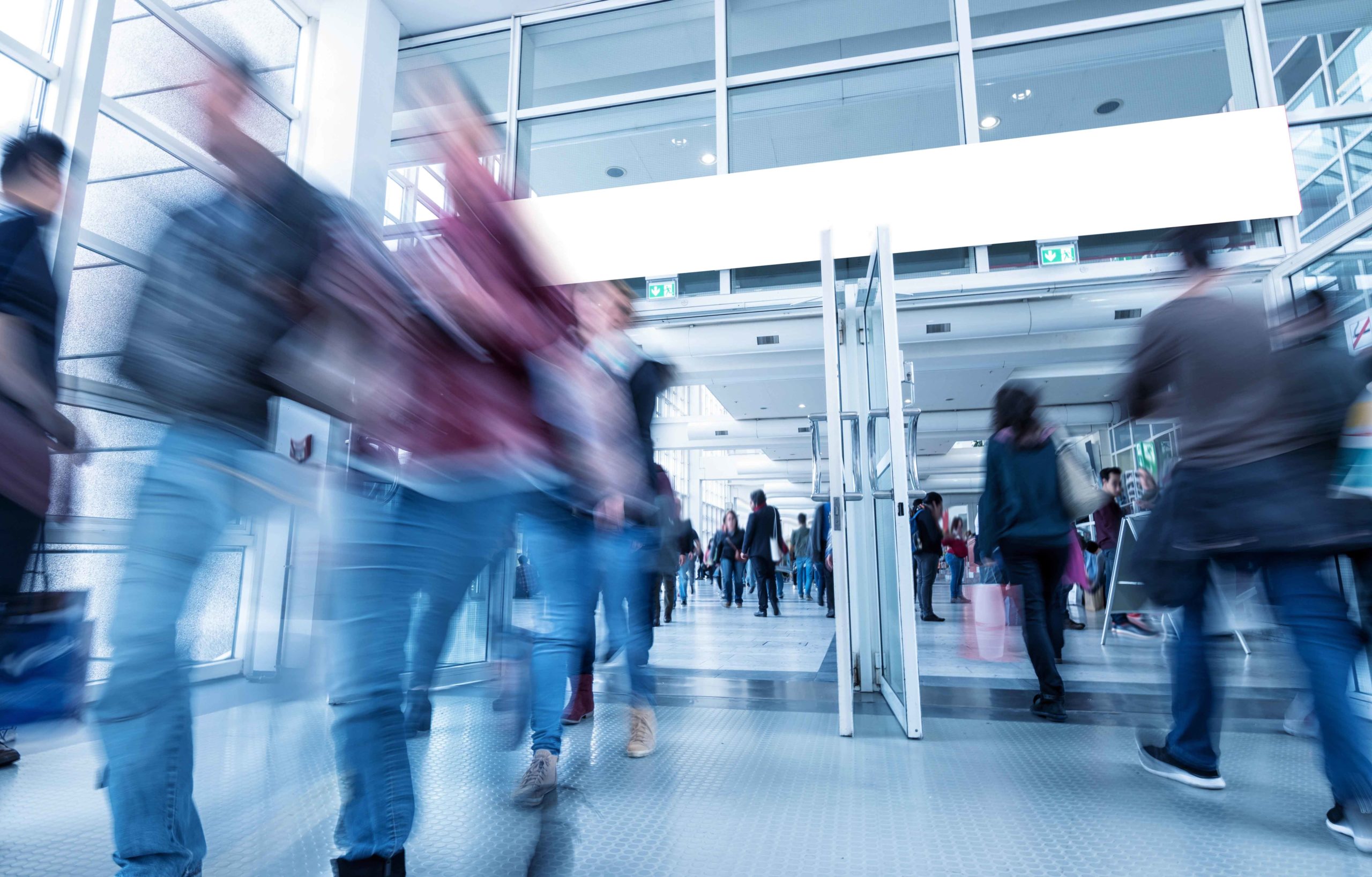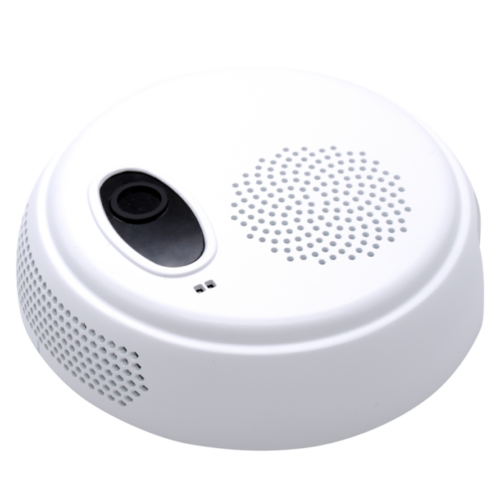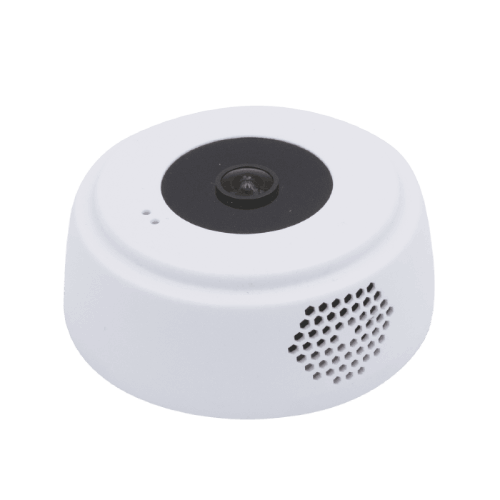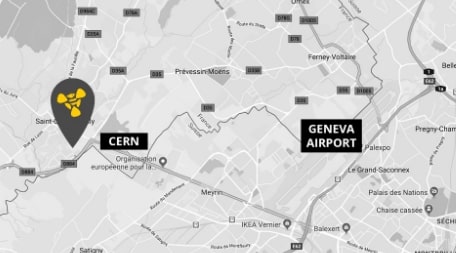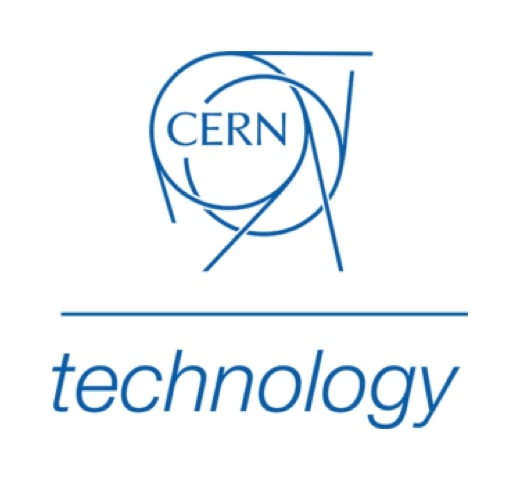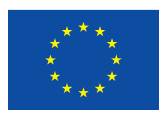Footfall monitoring describes the use of electronic devices to count the number of people moving in and out of a space. Typically installed at the entrances to a building, room or space, these devices — also known as people counters — are activated every time a person crosses an invisible threshold that has been configured in the device settings.
The detection mechanism in the device depends on the technology used. Time-of-Flight (ToF) sensing, thermal detection, Wi-Fi tracking, video counting, and infrared beams are examples of these technologies. Time-of- Flight, in particular, is a leading technology for footfall monitoring that provides unrivalled accuracy while conforming to privacy regulations.
Count data is collected in real-time and transmitted via the internet to an analytics platform forsubsequent analysis. This article will discuss how Time-of-Flight technology is driving the footfall monitoring industry.
What are the latest trends in footfall counting?
With analysts predicting impressive growth rates of 9% to 12% annually in people counting systems worldwide (over the next five years), the proliferation of shopping malls, retail outlets, and transportation hubs are driving the growth in demand for footfall counting solutions. (1, 2, 3)
Elsewhere, the integration of IoT and cloud services in Smart Building solutions is also increasing the demand for people counting solutions.
The growth of retail
The growth of supermarkets, retail outlets, and shopping malls (in developed and emerging economies) is increasing the demand for people counting solutions. (2, 3)
These solutions help retail stores understand customer behaviours and preferences, with additional benefits in crowd management, space management, and staff planning.
The entertainment and hospitality sectors are also benefiting from these solutions
North America, in particular, dominates the adoption of people counting systems due to the adoption of advanced in-store technologies. (2)
The Asia-Pacific region, however, is showing the highest growth rates, in part due to government efforts to attract foreign investment. (3) Equally, in emerging economies such as Brazil and China, the growth of the retail sector is driving the adoption of people counting technology. (2)
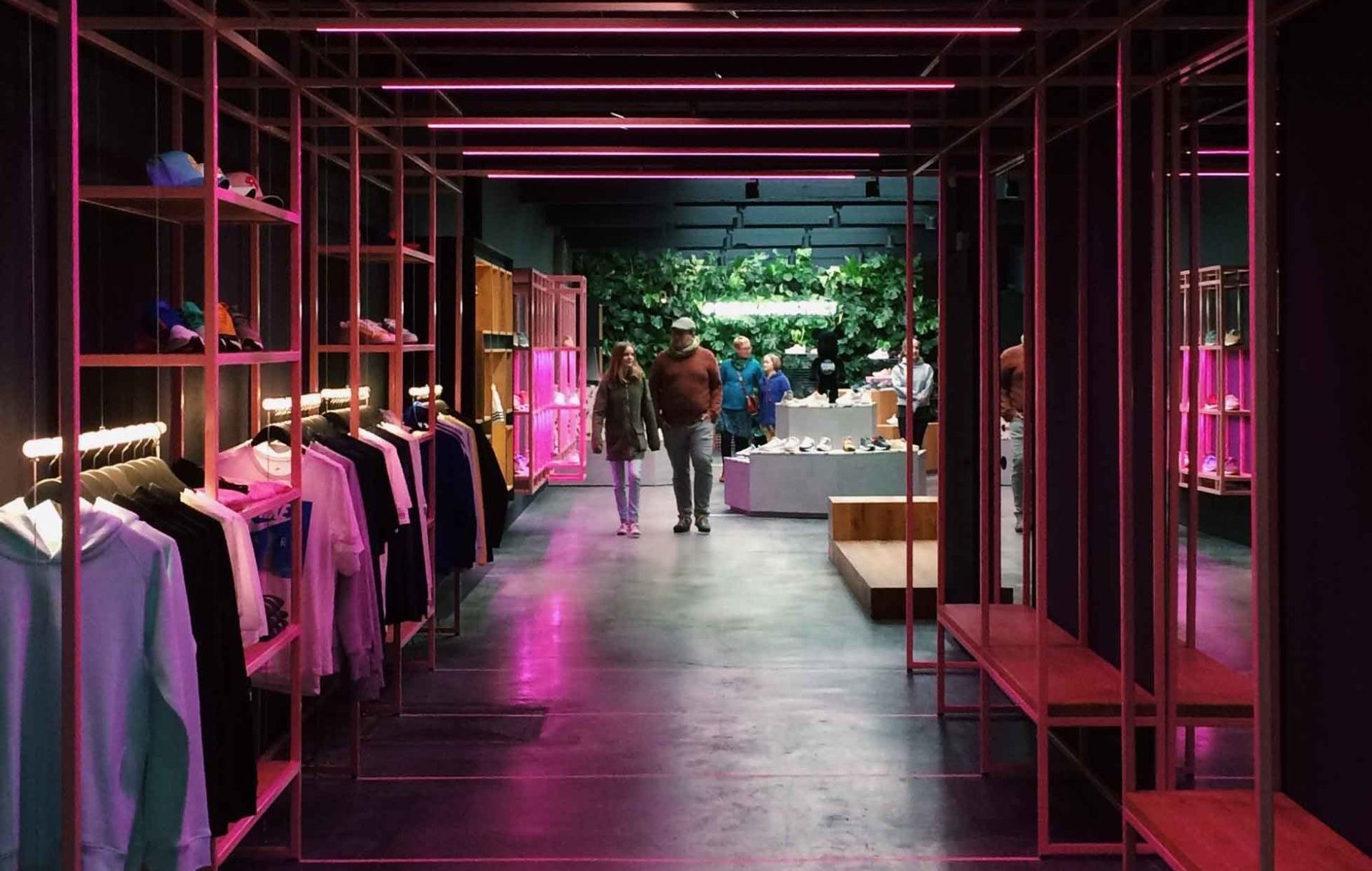

The push toward green energy
There is little doubt that the COVID-19 pandemic has transformed how buildings are used and managed worldwide. It has accelerated the trend towards hybrid (and remote) working, and, as a result, building and facilities managers have had to adapt how they manage real estate occupancy.
However, even accounting for its dramatic impact, the pandemic has only accelerated a trend that has already been happening in the last few years.
As the world races to reduce greenhouse gas emissions, the European Union, for example, has estimated that buildings are responsible for some 40% of energy consumption — and 36% of energy-related greenhouse gas emissions — within its territory. (4)
Therefore, as part of the EU’s initiative to double the use of renewable energy in buildings by 2030, Smart Buildings have a significant role to play in reducing energy consumption in Europe and worldwide. (4)
Advances in technology
The increasing need for accuracy is driving the development of footfall monitoring technologies. Uni- and bi-directional people counting systems can now achieve accuracies of 96% or better. (1)
They can also connect with advanced analytical platforms for building management, in-store analytics, queue management, and others.
“By automating controls and optimizing internal systems from heating and ventilation to lighting and the consumption of all electrical devices, Smart Buildings can realize significant energy savings. Ongoing energy performance improvements can be realized through continuous monitoring and auditing of energy levels, in combination with an understanding of the factors influencing energy consumption — such as the building’s occupancy levels,” said Frédéric Tabus, Market Intelligence Manager at Tredecile. (5)
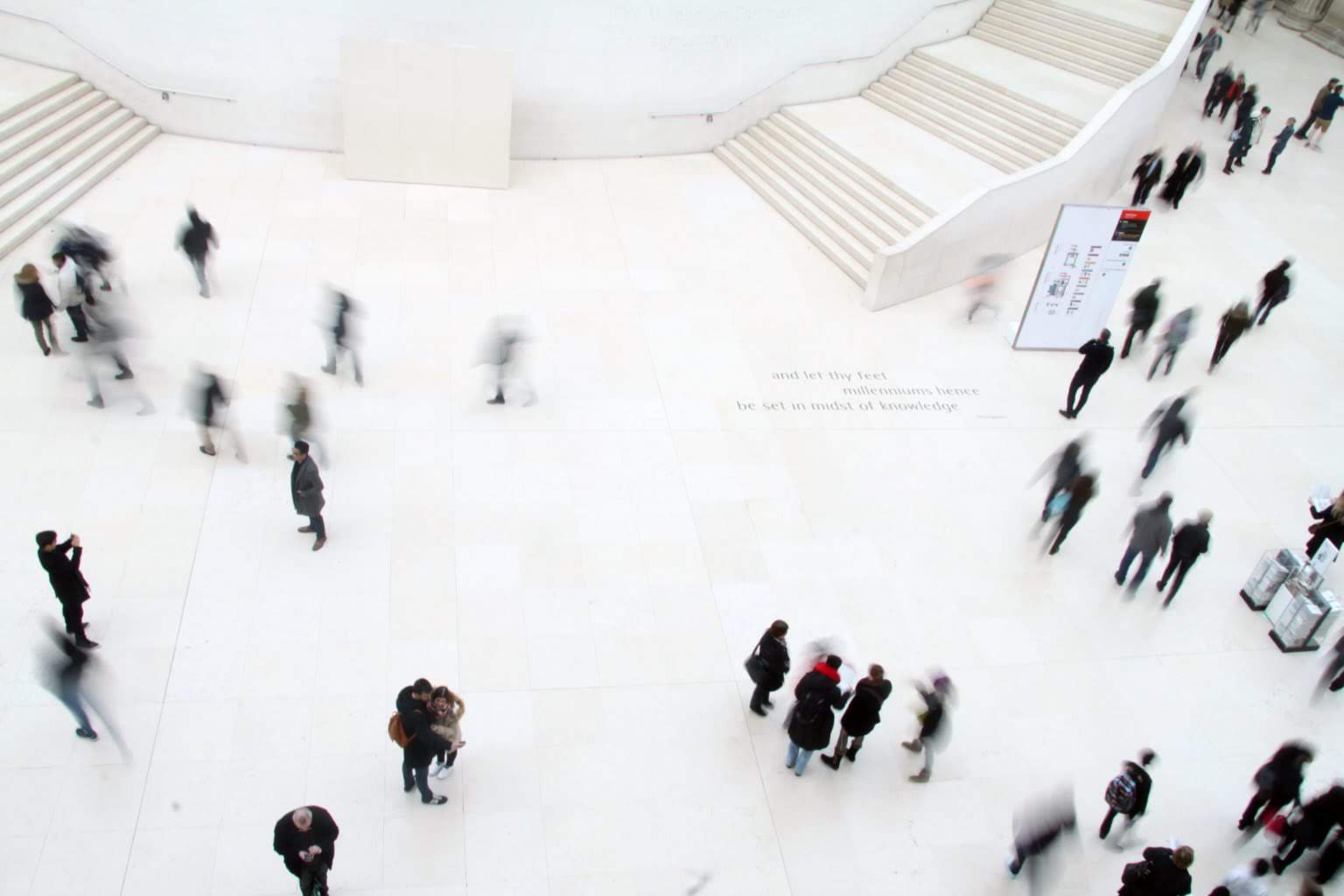
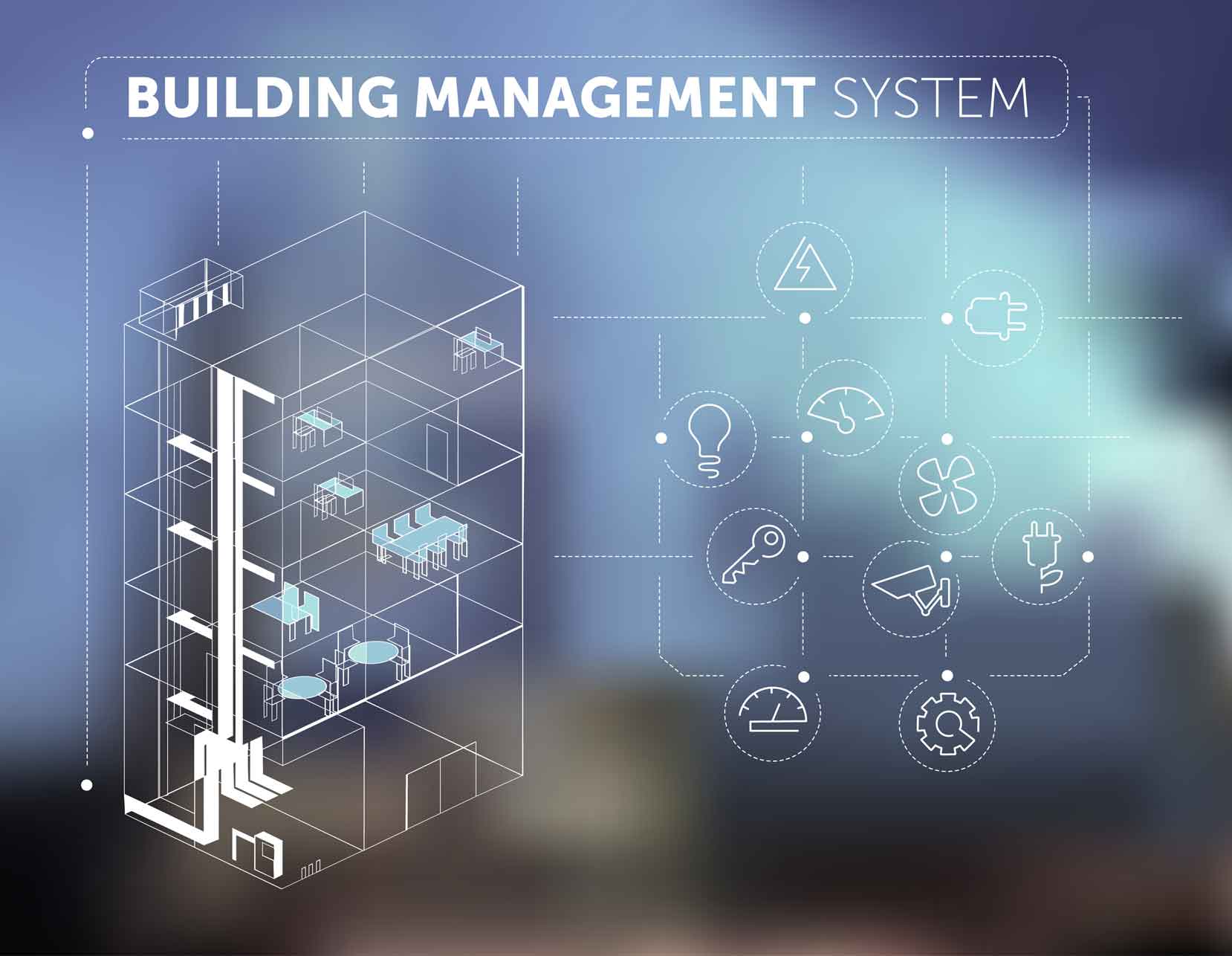
How do facilities managers benefit?
As more employers shift towards hybrid working, building occupancy levels have become an important cost driver.
“Employers need the tools to understand occupancy on any given day and be able to book workspaces, desks and meeting rooms. At the same time, facilities managers need to rationalize and reorganize space within the building according to occupancy levels, to reduce space and associated costs when and where appropriate,” Tabus stated. (5)
Building managers need to balance the need to provide a safe and comfortable workplace — with accompanying amenities such as leisure, fitness, and childcare facilities — with the need to cut costs. Footfall monitoring solutions supply critical information on space occupancy for effective decision-making.
People counting devices enable building owners and facilities managers to:
- Optimize room occupancy and space utilization: Using historical and real-time data, facilities managers can access an around-the-clock, unbiased view of space utilization, room occupancy, and people flow. Accurate data helps inform future planning and reduces costs.
- Improve employee experience: Real-time data empowers employees to make their own decisions on space utilization.
- Develop Smart Building solutions: People monitoring devices provide building managers with invaluable data for optimizing staff levels and expenditure, monitoring energy usage, measuring marketing performance, monitoring conversion rates, and identifying trends.
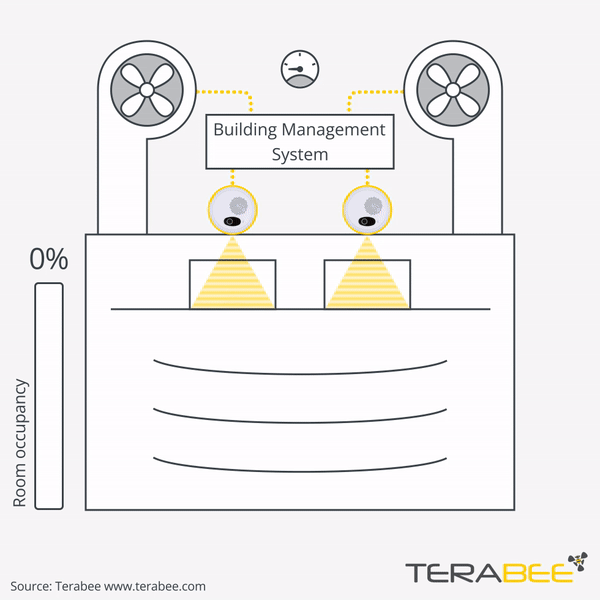
Applications of footfall counting
Tredecile footfall counting solutions use Time-of-Flight technology to detect the movement of people at 95% accuracy or more. A sensor in the device emits a near infrared light signal that is reflected back to the sensor as soon as it encounters an obstacle (such as a person).
The time-lapse between the transmission and reception of the signal provides an accurate calculation of the distance to the obstacle (with signals being transmitted several times per second). Since each pixel provides a distance measurement, a depth image can be formed to reveal an approximate shape (and direction of movement) of the obstacle.
An office space with two entrances may serve as an illustration: monitoring devices are fitted over each entrance to count the number of people entering or leaving the space.
Count data is transmitted in real-time via HTTP(S) or MQTT(S) to the cloud or a server where it is stored in a database. The analytics software can then use this data to determine occupancy rates, people flows, and other metrics.
This data can also be shared with a building management system or other specialized applications, including room booking, catering, and cleaning management systems.
“For example, the building’s HVAC system can be controlled in relation to occupancy levels. This makes it very reactive and reduces cost and CO2 emissions. Heating and air conditioning are only used when and where they are needed. This also ensures the comfort of occupants within the space,” said Clément Peltrault, Product Manager at Tredecile.
Time-of-Flight people counting devices are ideal for:
- Occupancy monitoring
- Staffing level optimization
- Space and facilities optimization
- Maximum capacity compliance
- HVAC systems integration
- Energy savings
“A successful people counting solution must benefit all parties involved – from employees to building owners, managers and affiliated services. It must be easy to install, configure and maintain. And it must also be reliable, secure and guarantee the privacy of occupants,” Tabus continued. (5)
People Counting solutions from Tredecile
Tredecile’s 3D Time-of-Flight people counting solutions incorporate a unique counting algorithm to provide real-time and historical footfall monitoring data. This gives building owners and facilities managers invaluable insights into business analysis and decision making.
Tredecile People Counting L-XL
The People Counting L-XL device from Tredecile uses Time-of-Flight technology to provide footfall counts in wide entrances and passageways to 98% accuracy or better. Its advanced ToF camera can distinguish between objects and people and can count foot traffic bi-directionally as people enter or leave a space. The device is fast and easy to install on high ceilings, and fits any kind of wide indoor entrance, up to 15 meters. An optional IoT platform may also be integrated with the device.
Unlike facial recognition technology, Tredecile’s People Counting L-XL does not capture personal information and fully complies with GDPR regulations. Two product variations allow transmission of the data via Power over Ethernet or LoRaWAN.
Introducing Tredecile People Counting L-XL LoRa
In response to growing demand, Tredecile People Counting L-XL LoRa device adds Long Range Wide Area Network (LoRaWAN) data transmission capability to the People Counting L-XL for wide door applications. Installation is faster and cheaper, without the need to pull Ethernet cables.
These People Counting L-XL devices feature:
- 100% GDPR compliant by design, no camera
- 3D depth people counting sensor
- Multi-device support for wide door counting
- Easy to install and configure via Web GUI
- Effective in low light conditions
- Two status LEDs for easy troubleshooting
- Remote or local firmware updates
- Remote device configuration via Device Management Services (PoE model) or via LoRaWAN Downlink Commands (LoRa model)
- Data transmission via LoRaWAN or Ethernet
- Powerful people counting algorithm with 98% accuracy
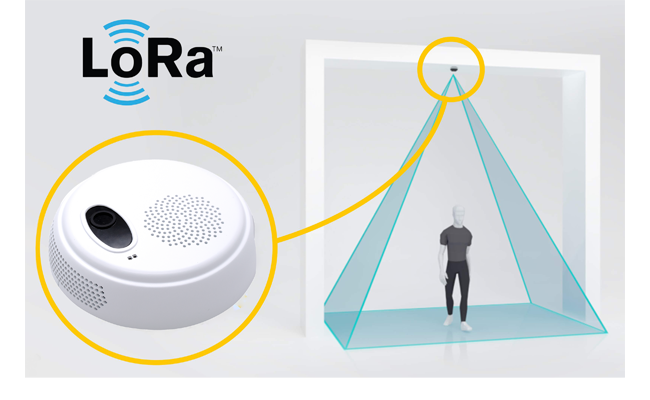
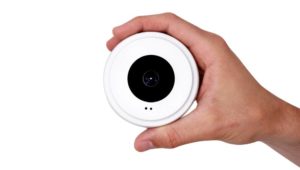
Tredecile People Counting M
The Tredecile People Counting M device is a compact version of the People Counting L-XL. It is more suited to conventional, smaller doorways and narrow passageways. It is able to count foot traffic in both directions, counting one person at a time with 95% accuracy. The People Counting M is a viable option where cost is a limiting factor.
The device features:
- Compact design (85 mm x 35 mm)
- Ethernet and Wi-Fi connectivity
- Easy installation and configuration via a Web GUI
- Remote device management and firmware updates via Device Management Services
- Data integration to Cloud and servers via HTTP(S) or MQTT(S)
- GDPR compliance
There has never been a greater need for advanced people counting solutions in Smart Buildings. Contact us to speak to an expert about your footfall monitoring challenges.
References
- KBV Research (2021) People Counting System Market Size [online] Available at: https://www.kbvresearch.com/people-counting-system-market/
- Markets and Markets. People Counting System Market [online] Available at: https://www.marketsandmarkets.com/Market-Reports/people-counting-system-market-206905443.html
- Mordor Intelligence. People Counting System Market [online] Available at: https://www.mordorintelligence.com/industry-reports/people-counting-system-market
- European Commission. Energy performance of buildings directive. [online] Available at: https://energy.ec.europa.eu/topics/energy-efficiency/energy-efficient-buildings/energy-performance-buildings-directive_en
- Tredecile. An introduction to how people counting technology can transform smart buildings [online] Available at: https://www.Tredecile.com/an-introduction-to-how-people-counting-technology-can-transform-smart-buildings/


